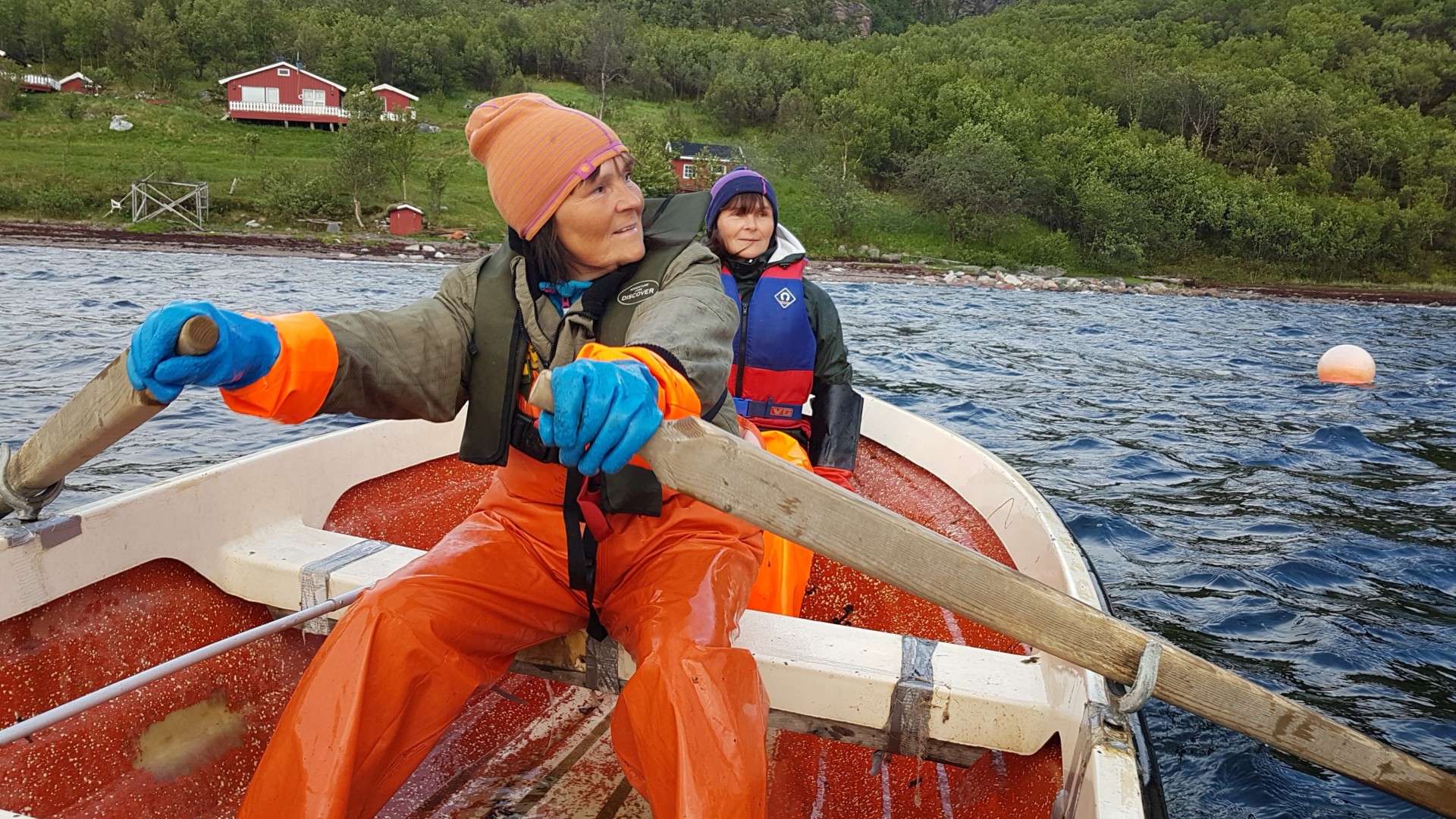Norwegian, Russian, Finnish and Swedish partners started in 2020 to cooperate in the Kolarctic project “CoASal” Conserving our Atlantic salmon as a sustainable resource for people in the North. The project aims to document and examine the new sea salmon fishery regulations, study the effects of growing threats Atlantic salmon populations face today with climate change, growing cage culture industry and emerging diseases. The project has ended at the end of September this year.
The amazing wild Atlantic salmon
The Atlantic salmon is a fascinating creature, which captures the human imagination. Its birth and growth in streams and rivers of the Barents region has multiple phases. It transforms from freshwater to a seawater habitat with all physiological changes that are involved. It migrates across thousands of kilometres from the feeding grounds to the coastal areas and accurately returns to the river and even the riffle where it was born, so as to breed and re-start its life cycle. All these qualities fill us with admiration.
Despite implementation of stronger conservation and management measures, international and bilateral agreements to protect both salmon stocks and their habitats, the current situation for wild salmon stocks is alarming. Most likely because of multiple factors, including global climate change, intensive development of salmon cage culture industry, introduction of foreign fish species and habitat destruction. Another major threat, where present knowledge is limited, is the transmission of various pathogens from farmed to wild salmon and outbreaks of diseases due to global increase of temperatures.
Aims of CoASal
The aims of the project have been to document and investigate possible changes in the coastal salmon fishery due to new regulations, and to examine the earlier mentioned major threat factors to wild salmon stocks in the Barents region. The project has also tried to find out what are the most effective ways to mitigate these threats.
The project has raised awareness and knowledge among local fishermen, fishery managers and scientists in Norway, Russia, Finland and Sweden. CoASal has also had a discussive approach: it has enhanced communication between those target groups. It has shared information through seminars and meetings, web site and a multilingual temporary exhibition.

The Karikoski sisters are the fourth generation to fish for salmon on a site near Kirkenes, Norway. Photo: Eero Niemelä, project CoASal
The project would not have been possible without the contribution of fishermen
The project has studied and documented salmon biology and ecology, origin and the catches composition in the mixed-stock fisheries. The contribution of the fishermen has been invaluable for the project. Without scale samples from the salmon in the seas, the project couldn’t have been carried out. After the results of the analysis is ready, the fisherman is supposed to get data of his or her own catch: e.g. what river each salmon individual came from, how old it was, how old it was when it migrated to the sea and when it returned, and if it has spawned or not.
Why is cross-border cooperation needed?
Atlantic salmon is a common nature resource and an icon of viable and healthy ecosystems. It is of great importance for local communities and traditions. As nature does not follow man-made borders, cross-border scientific collaboration is necessary to obtain relevant knowledge and find the best solutions.
The aim for all countries involved is to take care of and contribute towards maintaining healthy wild salmon stocks for the future generations, and for the viable and attractiveness of the Arctic region.
The project is well summarized in this website, and in a video:
https://www.statsforvalteren.no/coasal
The project held open information events for audiences in Tana and Svanvik. This video is a recording of the event in Tana.
https://www.youtube.com/watch?v=MSvKgO2tGv8&t=11s
Lead Partner of CoASal: Office of the Troms and Finnmark County Governor (Statsforvalteren i Troms og Finnmark)
Partners:
University of Turku, Finland
Swedish University of Agricultural Sciences, Sweden
Institute of Marine Research, Norway



